Search for spare parts
Enter the name of the product / OC or EAN in search field for which you are looking for a spare part. Confirm your selection by entering or clicking on magnifying glass icon. After confirmation, you will see an offer of spare parts for your chosen product.
How to choose a spare part
 Spare parts are numbered in the form - Product name # number. The number after the # grid indicates the part of a specific spare part. Especially for rods, the smallest number #1 is the tip, and the largest is the handle. The handle will be marked as #2 for the two part rod. For three part rod the handle will be marked as #3, because #2 is the middle part. The exceptions are feeder rods, where the tip is not the spare part itself, and the mark #1 represents the uppermost part of the blank itself - the part where the feeder tips are inserted.
Spare parts are numbered in the form - Product name # number. The number after the # grid indicates the part of a specific spare part. Especially for rods, the smallest number #1 is the tip, and the largest is the handle. The handle will be marked as #2 for the two part rod. For three part rod the handle will be marked as #3, because #2 is the middle part. The exceptions are feeder rods, where the tip is not the spare part itself, and the mark #1 represents the uppermost part of the blank itself - the part where the feeder tips are inserted. Videos, tests and reviews
24.2.2023 Delphin BAITCAST class
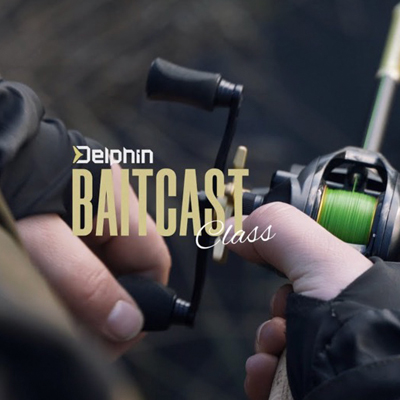 In the following article, Andrej Benka will introduce a fishing technique called Baitcast. He’s using the 230 cm rod Zandera B-CAST with a casting weight 5-28 g and the reel Delphin ZANDERA that perfectly matches the rod.
In the following article, Andrej Benka will introduce a fishing technique called Baitcast. He’s using the 230 cm rod Zandera B-CAST with a casting weight 5-28 g and the reel Delphin ZANDERA that perfectly matches the rod.Introduction and advantages of baitcast technique:
The biggest advantage of baitcast angling is casting precision even in limited surroundings with bridges or trees, and it’s useful when you wish to use a very heavy bait. The difference between a classic reel and a baitcast reel is that on the spinning reel, the pick-up rotates around the spool placing the line on it, while on the baitcast reel, the spool spins freely. Another difference is a spool capacity. The baitcast reel can accommodate much more line than the spinning reel. The beginners might get discouraged when casting with a baitcast reel, as it’s a little more difficult than casting with the spinning reel. However, this is not a big issue, you just need some patience and time by the water to deal with it. One of the disadvantages of the baitcast reels appears when you have to change the lure, especially when the weight is changing. Then, you need to reset the reel in order to cast without issues. For beginners, I recommend starting with heavier lures, they are easier to cast with a baitcast tackle. They should also think about using braided line or monofilament. Usually, anglers recommend casting with monofilament because it’s cheaper, but it’s easier to learn how to fish the way you also plan to do so in the future. That means, if you plan to catch with braided line, start casting with the braided line. The same goes for monofilament.Baitcast fishing equipment:
For baitcast fishing, we need two basic pieces of tackle: a rod and a baitcast reel.The rod:
The fundamental difference between classic and baitcast rods is a special reel seat with a trigger that improves the grip during combat and casting. The guides are placed on the top side of the rod to have a more direct contact with the lure. The shape of the handle is adapted for fishing all day long.
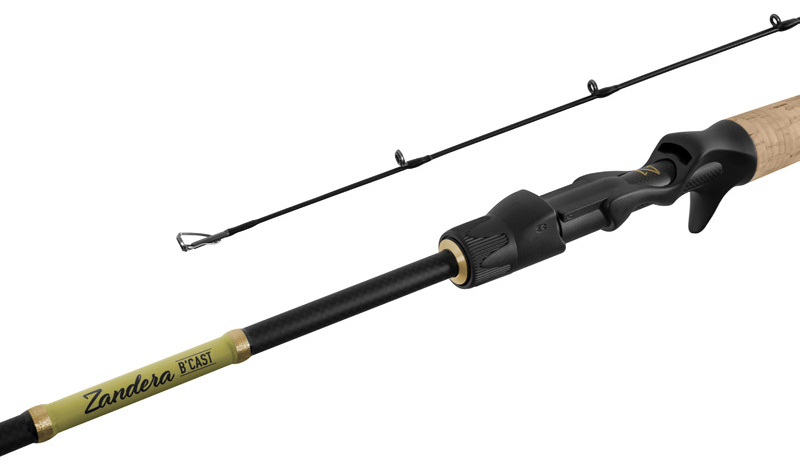
The reel:
The most important part of your tackle when baitcast fishing is a baitcast reel we’re going to talk about a little. This reel consists of several parts: a handle to spool the line, a star drag, a mechanical casting brake, a magnetic casting brake, a line spooling mechanism and a thumb bar. When you need to remove the spool from the reel, you simply remove the cover on the side with a magnetic brake, and the spool is released, and you can take it out. The star drag is used when you need to tighten or release the spool during combat, you can do so easily with a single finger. This will slow down the unwinding of the line and you can safely catch your fish. Before casting, it’s very important to loosen the spool using a thumb bar, which will release the spool for you and allow you to cast. After releasing the spool, it’s time to adjust the mechanical casting brake, which can be either released or tightened, depending on the weight of the lure. After setting the mechanical casting brake, the magnetic one comes next. When it’s set properly, you won’t get any tangles and nests after the lure hits the water surface.

How to set both casting brakes to fully use their potential?
First, tighten the mechanical casting brake to the max, so the lure remains hanging after releasing the reel and it doesn’t unwind the spool. Then, slowly release the mechanical casting brake, until the reel with the line starts moving, and the lure starts to descend on its own.When you get to the point when the bait is falling on its own, the mechanical casting brake is set correctly. Once that’s done, move on to the magnetic casting brake, release it completely and then release the spool.

If the spool is still spinning after the lure hit the water surface, tighten the magnetic casting brake half a radius and try again.
If your line isn’t tangled after the lure fell on the water surface, the magnetic brake is set correctly. For beginners, I recommend setting both mechanical and magnetic brake to the max. Even though it shortens your casts, your line won’t be tangled. With enough time and training, you can slowly loosen the brakes to extend the casting distance.
Basic casting tips for a baitcast rod:
Once we have the reel set up correctly, we can move on to casting. We’ll discuss two basic types of casting with a baitcast rod today. Before casting, place the lure as close to the tip of the rod as possible to give it the biggest momentum to unspool the line from the reel. After setting the lure, release the spool with a thumb bar to get it ready for casting. Push down the spool with your thumb to stop the line from unspooling on its own.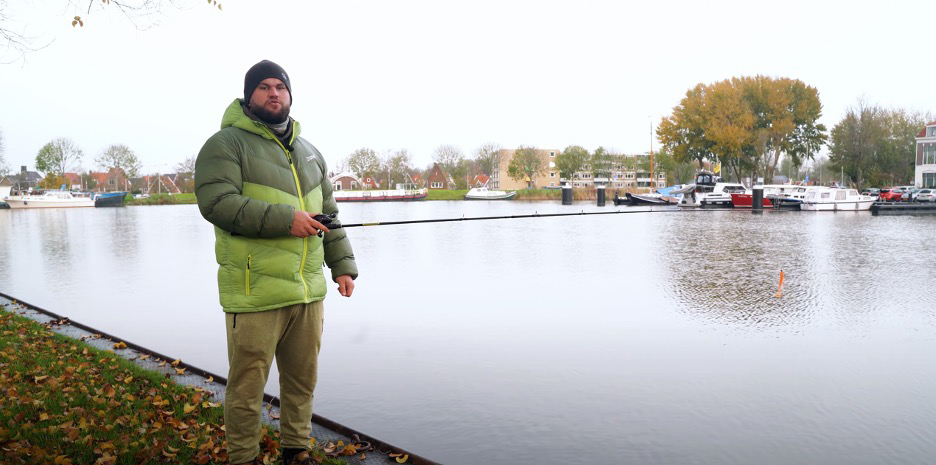
The first type of casting:
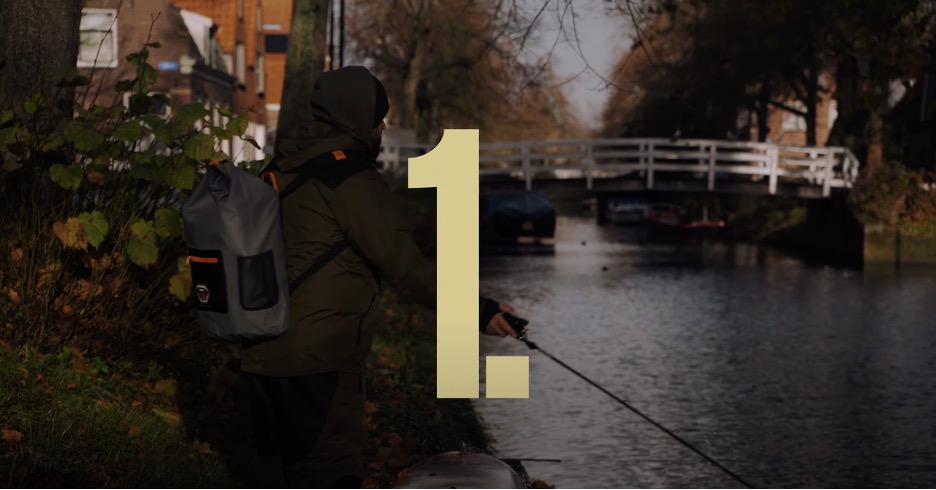
The first type I recommend for beginners is a continuous movement from the back, arching sideways and forward. Release the finger in the direction where you wish to place your lure. For more control against tangles, it’s important to slow down the spool with your thumb. That way, you’ll determine the casting distance and you’ll stop the spool when the lure hits the surface to avoid tangles.
The second type of casting:
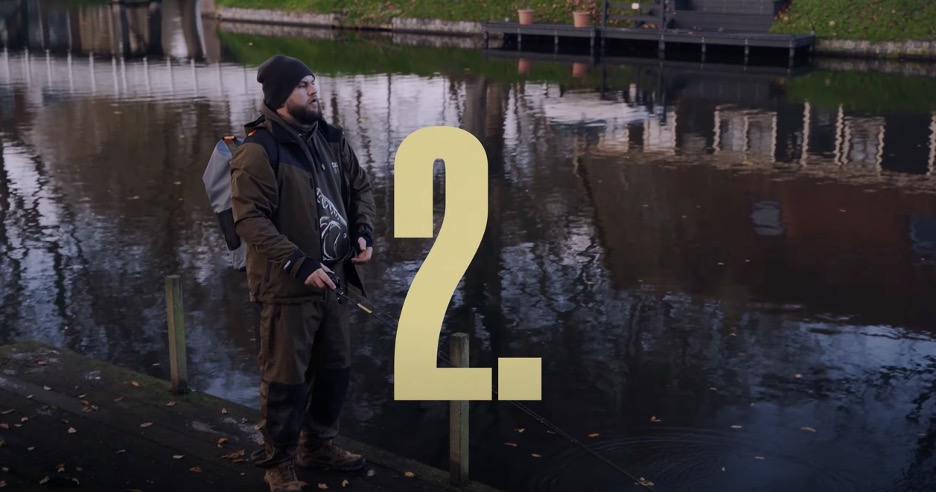
The second type might be a bit of a challenge at first, it’s casting from behind your back. Here, it’s very important to cast with enough force to send the lure flying forward and reach a greater distance. This will allow longer casts with your lure.
Untangling tips and tricks:
If your spool tangles, don’t worry, there’s always a way around it. Simply release the spool and take the knots apart by gently pulling upwards. Slowly pull the tangled line from the spool until all the knots are untangled. When that’s done, push down the thumb bar and reel the line in.How does baitcast fishing look like in practice? Watch the whole video featuring our tester Andrej Benka.
« Back
© 2004 - 2025 | Delphin.sk

